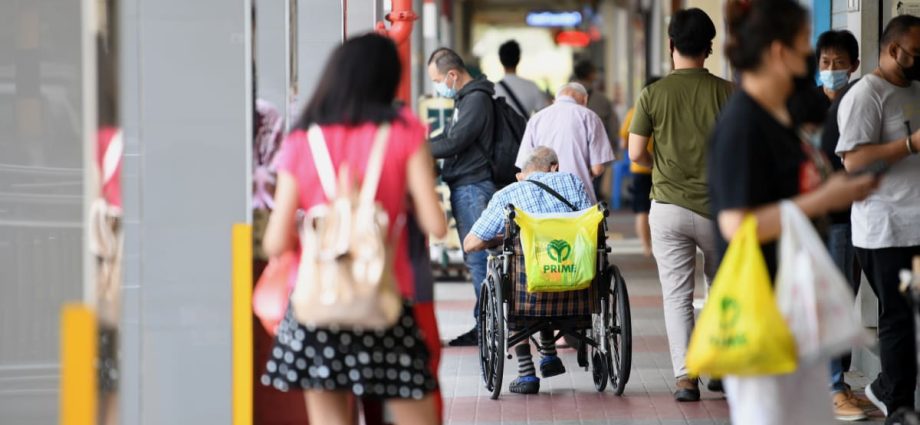
ACCOMMODATE OTHER RESIDENTS
The approach of enabling seniors to age in place is in line with studies which show that seniors want to live out their golden years at home, said experts and eldercare organisations.
As the government puts into place elder-friendly measures, they should also consider others in the community, especially in a land-scarce Singapore, they said.
Dr Kelvin Tan, head of programme (minor in Applied Ageing Studies) at the Singapore University of Social Sciences (SUSS) said: “We want to be conscious that we are talking about multi-generations, younger people are staying there, older people are also staying there.”
While enhancements to infrastructure may engender greater awareness, appreciation and respect for seniors, they may perpetuate negative labels, said Assoc Prof Helen Ko, master and PhD of gerontology programmes at SUSS.
“(They) may also perpetuate stereotypical views of seniors. For example, they are slow and have to be ‘accommodated’ (with respect to) the increase of duration of green man at traffic lights,” she said.
“(It is) a fine balancing act between creating an age-friendly environment, yet not perpetuating a common myth that all seniors are decrepit, demented, dependent and depressed, especially among the younger generation.
“Therefore, public education emphasising the heterogeneity of older adults and (dispelling) ageist myths should simultaneously be stepped up, especially in view that we are also trying to promote seniors’ employment and voluntarism.”
For Lions Befrienders Service Association (Singapore) executive director Karen Wee, the key is to create community facilities that can be used by residents of all ages. She gave the example of gym equipment that can be used by both the elderly and patients undergoing rehabilitation.
“If you want to build infrastructure that is senior-friendly, you also have to (consider) how this thing is going to impact other people of the younger generation. .. And how do you then do the advocacy also?
“When you build all these saying ‘oh, elderly are special, meaning (they) cannot do a lot of things. So what is it in their young minds, how will the young ones view them? Will they view them as useless?”
This is when communication to bridge the intergenerational gap and dispel such stereotypes becomes important, she said.
Duke-NUS Medical School’s Ad Maulod pointed out how elder-friendly measures could accommodate other residents.
“A community that is elder-friendly, is in a similar vein, an age-friendly community,” said the senior research fellow at Duke-NUS Medical School’s Centre for Ageing Research and Education.
“Slower traffic, wider pedestrian walkways, these are good for families and children too. I think it organically nurtures an inter- or multi-generational usage of space.
“Intergenerational design is an area in which we can definitely push the envelope further. Currently, we do see elements of multigenerational use, but the use of these spaces (is) age-segregated.”
He cited the example of an exercise corner for seniors “tucked away” from a playground for children.
A “true age-friendly design” allows individuals of any age to live and play together, he said.

